Ten Questions With… Martin Greip (Eat Create Sleep)
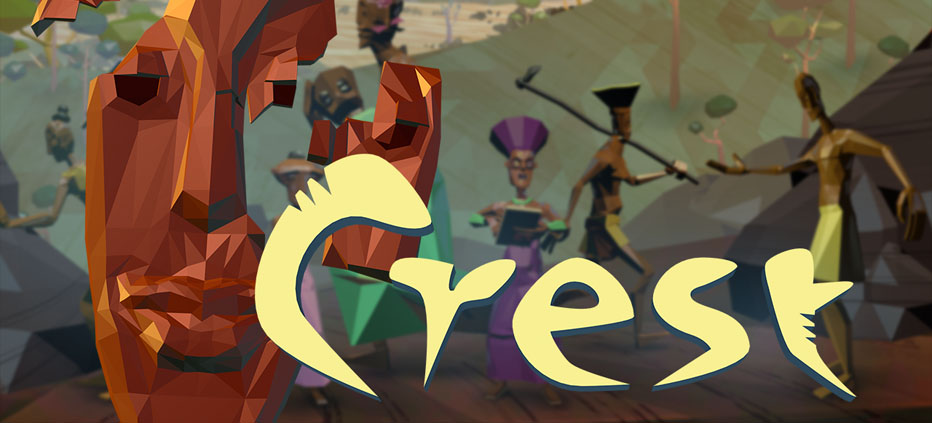

Facebook
Like Eat Create Sleep on Facebook
Twitter
Follow Eat Create Sleep on Twitter
Website
Check out the official Eat Create Sleep Website
Discussion
Give the developers feedback on the Steam Discussion Page
Purchase
Buy your Early Access copy on the Steam Store page
We recently checked out Crest, a unique strategy title from indie developer Eat Create Sleep, currently available on Steam Greenlight. Crest not only features a distinctive visual style, but also has an interesting take on the god game genre, so we were eager to find out more about it. The developers are currently hard at work completing the game, but were kind enough to answer some of our questions.
Can you give our readers a quick introduction of yourself and the studio?
I’m the art director for the group, and also acting as a temporary community manager. Aside from me we’re currently four others, located on the island of Gotland, in Sweden. We like to take chances and our goal is to create new kinds of gaming experiences with some deeper meaning.
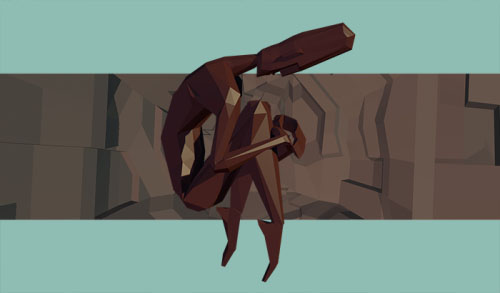
What made you choose to focus on such a niche genre?
Well, we prefer to look at game genres as only ways to market a game. When we make games we simply start with the general feeling or concept and piece together an experience from that. So we didn’t choose a genre as a template. And we think that what we set out to do with our game can attract a bigger audience than those who enjoy the god game niche.
What are the games that influenced you and how?
The first paper prototype we made back in October, 2013 took some inspiration from The Sumer Game (also called Hamurabi). It was just such a pure and simple design that made a good starting point. We’ve also taken some aesthetic inspiration from games such as Dwarf Fortress where you basically build your own narrative from a sandbox management game, and get attached to the lives of your dwarves. But we’ve looked at some classic games such as Civilization and Pharaoh for some mechanics and most of all how to convey feedback, and how you can abstract the real world into a strategy or management game.
What was the inspiration behind the unique visual style of the game?
There are a few reasons that motivated it, and the first one is the realities of indie game production; you have limited resources. If you choose a minimalistic style you can iterate and produce a lot of content quickly. I think this is the reason why we’ve seen a lot of pixel art and low poly 3d as of late in indie games. You can get a cohesive and satisfying style without spending days on a single asset.
We also realised early on that if we wanted to make a simulation game we needed to make it symbolic in order to be able to have time to make a meaningful game with limited programming resources. Instead of simulating each individual we have clans or districts in a city. So we looked at strategy board games and tried to come up with how we could give the feeling of a huge civilisation without having a very complicated simulation. During production we also realised that a dynamic and procedural world where forests and water can spring up is very taxing if you have a lot of it. So, we would’ve probably never been able to make a very dynamic world if we’d made it hyper realistic.
Another more inspiring reason is that since we wanted to the game world to take place in humanity’s ancient cradle (which anthropologists believe is South Africa) we wanted to take some cues from some ancient civilizations from Africa. We also wanted to make an inclusive game and give some space to cultures that are seldom represented fairly in western games. And during the research phase I realised that some cultures in Africa have a very fascinating angular style in sculptures and masks. It married perfectly together with the minimalism required by our mechanics and production pipeline.

What has been the biggest challenge so far while working on Crest?
Bringing attention to the game, it’s really hard to be seen in the big sea of independent games. And since being seen ties into other questions such as funding it’s really the number one. Of course, creating a game such as Crest have been hard as well, but it’s an enjoyable and inspiring challenge.
What has the feedback been like so far from Early Access players?
The Early Access launch has been quite small so far, but we’ve gotten a lot of good feedback from the players. Thanks to Early Access we’ve been able to see how players interpret the game and gotten suggestions on how we could improve the experience. The feedback has been everything from clarifying the commandments to how we could improve the controls.
Most players have been very positive about the game, seeing the potential that Crest has. And as a developer it’s very nice to see involved players who want Crest to become a good game.
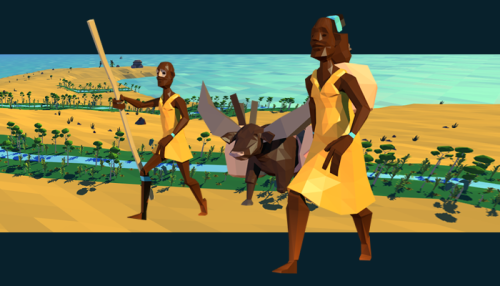
How will the completed game differ from what is available in the Early Access version?
What are the future plans for Eat Create Sleep/Crest?
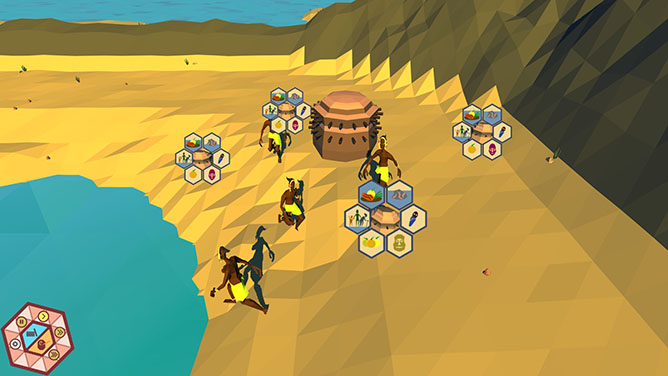
What is the most unusual thing on your desk right now?
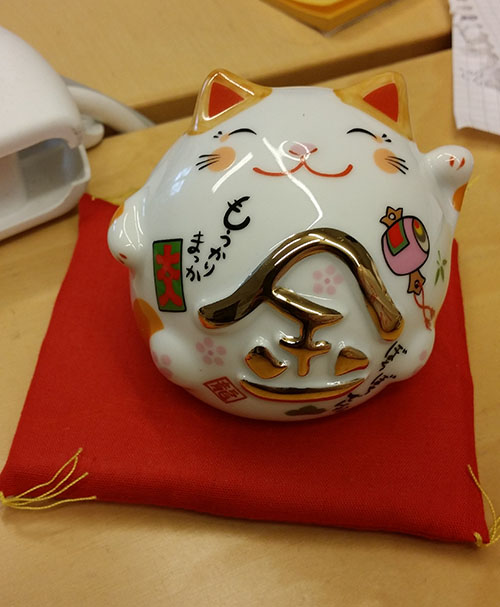
Anything else you would like to add?
Our sincere thanks to Martin for taking time out from his busy schedule to tell us more about Crest. For more information keep an eye on the Eat Create Sleep website where the developers post frequent updates about their progress.

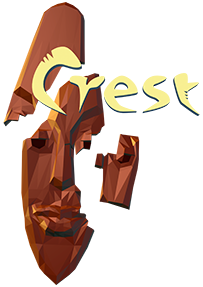






Jason May 20, 2015
This is really cool, Im from South Africa and I can absolutely see the influences of local art.